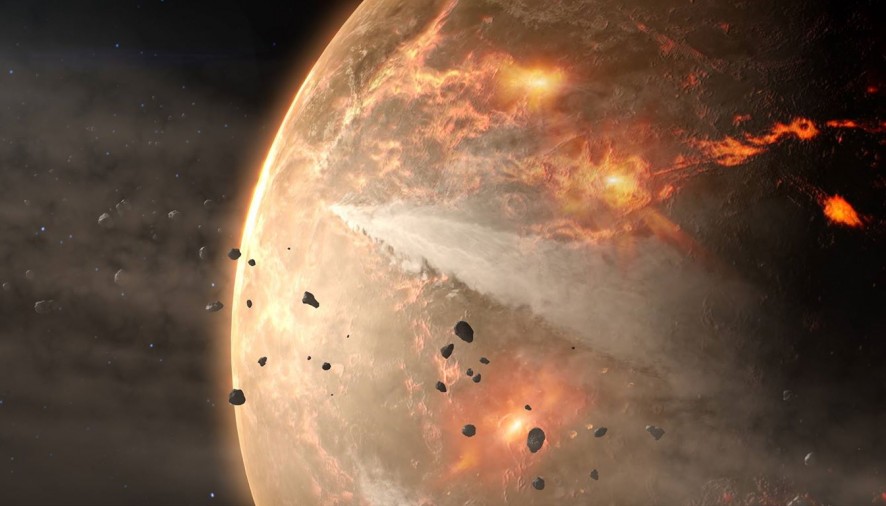The Population Reference Bureau estimates that there has been an astonishing 107 billion people that have ever lived, including the current 7 billion that are currently calling this little blue planet home. There have been many prophesied Doomsdays that were meant to mean the end of humanity, yet we are still here. There are still concerns surrounding the continual existence of mankind; from the threat of nuclear war, asteroid impact or even super volcano eruption. However, taking a step back from these events, statisticians have provided an interesting argument as to why the end is nearly upon us.
In 1983 Brandon Carter proposed the Doomsday argument (DA) which uses statistical probability to predict the number of total humans that will ever live, given only an estimate of the number that have lived so far. This can be worked out numerically but to simplify things we can treat is as a basic thought experiment.
If we take an individual named Dave who is born in October 2015. Now if we suppose that there are two possibilities for the total population that will ever live; 110 billion or 11,000 billion. We don’t know how far along humanities timeline Dave has been born, all we know is that before Dave there has been approximately 107 billion people. So how do we decide which outcome is more likely; 110 billion or 11,000 billion?
If the total number of humans is 110 billion the probability that Dave is alive in the first 110 billion humans is 100%. If the total is 11,000 billion the likelihood that Dave is part of the first 110 billion is 1%.
We know for a fact that there have been only 107 billion people so far, so we know for a fact that Dave is part of the first 110 billion humans to live. This means that out of the two possibilities the probabilities indicate it is more likely that there will only be 110 billion humans ever because Dave and us are alive at this point in time.
Does this mean that only 3 billion more humans will be born before humanity becomes extinct?
Probably not, the Doomsday argument itself is not perfect. It can be considered correct only as a probabilistic argument, however using it to predict the exact date that humanity will end is flawed. The Mayan’s calendar ended 21st December 2012 predicting the end of the world, just as the Doomsday argument suggests that we are near the end. Yet here we are still living, so don’t give up hope, the statisticians haven’t signed our death sentence just yet.
Another example on how to think of this goes as follows:
Imagine you have a sealed box, containing either 10 or 1 million balls. Each ball has a name written on it which relates to a person that will live. You have no way of knowing how many balls are contained inside the box. Now imagine that you start to remove a ball, one at a time. Your name comes out on the third ball. Now the probability of pulling your name out of a box of ten balls is 10%, whereas pulling your own name out of a box of 1 million balls is 0.0001%. So the fact that you have found your name on the third try indicates it is more likely that there are only 10 balls in total, not 1 million. Similar to the previous argument this means that there are only 7 people left to be pulled out, instead of 999997.
Ethan Jull
Image: Flickr

